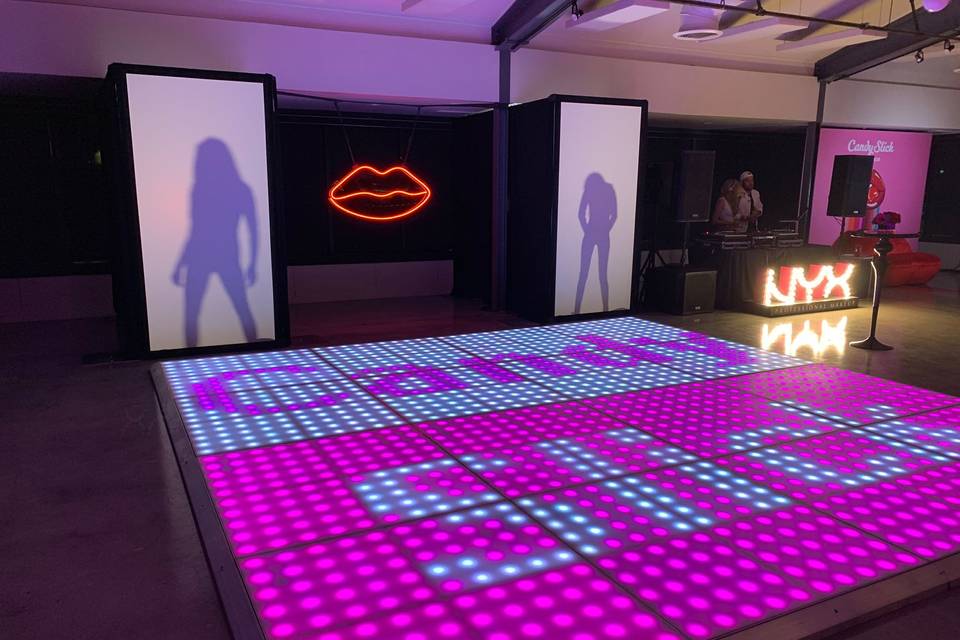Securing Security and Pleasure on the Dancing Space: Identifying and Mitigating Common Risks
Securing Security and Pleasure on the Dancing Space: Identifying and Mitigating Common Risks
Blog Article
Dancing activities is a popular pastime that unites people together, whether at a gathering, a dance venue, or a special event. However, although dancing can be a lot of enjoyment, it is essential to keep safety in consideration. The dance floor can pose various risks that may lead to injuries or mishaps if not addressed appropriately. By recognizing and mitigating these common hazards, event organizers and dancers can guarantee a secure and enjoyable experience for everyone.
One of the most notable hazards on the dance floor is the risk of slipping up or falling. This can happen due to spills, uneven ground, or overcrowded spaces. To prevent these accidents, it is important to maintain a clean and dry dance space. Event organizers should regularly check the area for any leaks or obstacles and remove them up immediately. Furthermore, making sure that the dance floor is well-lit can help dancers see potential hazards, lessening the chances of falling. Dancers should also be mindful of their surroundings, steering clear of crowded areas where they may be shoved or tripped.
Another common problem on the dance floor is the possibility for injuries caused by overcrowding. When too many individuals congregate in one area, it can lead to collisions, bruises, and even more grave injuries. To avoid overcrowding, venues should establish a limit capacity for the dance floor and oversee it closely. Event organizers can use fencing or ropes to create specific areas for dancing, which can help control crowd movement. Additionally, encouraging dancers to be conscious of their personal area and to consider others can create a safer environment for all.
Injuries can also occur from improper footwear. Using shoes that are not suitable for dancing can find out this here lead to slips, accidents, or foot damages. Dancers should select footwear that provides proper support and traction. Event coordinators can encourage guests to wear appropriate shoes by adding this information in invitations or communications. Providing a location for dancers to keep their shoes can also help keep the dance floor secure and clear from potential risks.
Lastly, it is vital to consider the significance of health and wellness on the dance floor. Staying well-hydrated is crucial, especially during long periods of dancing. Lack of hydration can lead to dizziness, fatigue, and other health concerns. Event organizers should provide water stations or invite guests to see this site carry water bottles. Additionally, it is vital for dancers to pay attention to their bodies and take pauses as needed. By promoting a healthy environment, everyone can enjoy dancing while reducing the risk of health-related issues.
In conclusion, guaranteeing security and enjoyment on the dance floor requires consciousness and preemptive measures. By identifying hazards such as slips, overcrowding, unsuitable footwear, and health issues, event coordinators and dancers can work together to create a secure environment. Taking these steps not only avoids mishaps but also improves the overall experience for everyone involved. With appropriate precautions, the dance area can remain a place of fun and camaraderie for everyone.